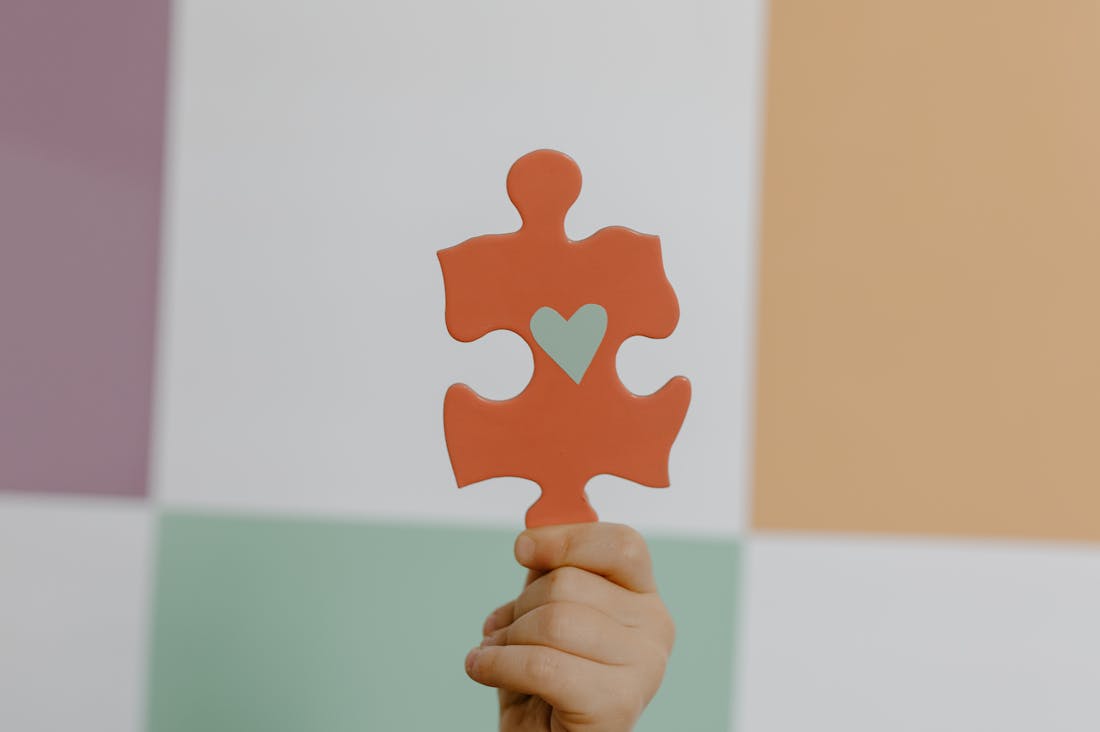In today's fast-paced world, striking a balance between productivity and mindfulness can often feel like an unattainable goal. "Rediscovering Balance in Daily Life" explores the essential integration of mindfulness practices into our daily routines, empowering individuals to enhance their productivity while nurturing mental well-being. This journey offers practical strategies, insightful techniques, and inspiring stories to help cultivate a fulfilling lifestyle. By harmonizing our professional responsibilities with mindful living, we can reclaim our sense of purpose, foster deeper connections, and ultimately lead a richer, more satisfying life. Let's embark on this transformative path together, rediscovering the beauty of balance in every moment.

Understanding Mindfulness and Its Benefits for Everyday Life
Mindfulness is the practice of being present and fully engaged in the moment, without judgment. It encourages individuals to focus on their thoughts, feelings, and sensations, cultivating a heightened awareness of their surroundings. This simple yet profound approach offers numerous benefits for everyday life, including reduced stress, improved emotional regulation, and enhanced focus. By incorporating mindfulness into daily routines—such as through guided meditation, deep breathing, or mindful eating—individuals can foster a greater sense of clarity and tranquility. Research suggests that regular mindfulness practice can lead to decreased anxiety and depression, improved relationships, and an overall enhanced quality of life, promoting mental well-being.

Techniques for Enhancing Productivity Mindfully
Enhancing productivity mindfully involves a blend of intentional focus, self-awareness, and strategic techniques. Start by setting clear, achievable goals and breaking them down into manageable tasks, which can significantly reduce overwhelm. Incorporating mindfulness practices, such as meditation or deep-breathing exercises, can help clear mental clutter, allowing for improved concentration. Time management techniques like the Pomodoro Technique—working in focused bursts followed by brief breaks—can optimize workflow while preventing burnout. Additionally, creating a distraction-free workspace is crucial; minimizing interruptions fosters a deeper engagement with tasks. Regularly reflecting on accomplishments and challenges through journaling can also enhance self-awareness, guiding future efforts toward greater efficiency and satisfaction.

Creating a Balanced Routine That Nourishes Your Well-Being
Creating a balanced routine that nourishes your well-being involves a thoughtful integration of physical, mental, and emotional practices into your daily life. Begin by prioritizing regular physical activity, whether it’s through yoga, walking, or hitting the gym; this not only enhances your fitness but also boosts your mood. Incorporate mindfulness techniques, such as meditation or journaling, to promote mental clarity and emotional resilience. Ensure your diet is nutritious and balanced, rich in whole foods that fuel both body and mind. Additionally, carve out time for hobbies and social connections, fostering a sense of community and joy. Strive for flexibility within your routine, allowing yourself the grace to adapt as life’s demands fluctuate, ultimately fostering a sustainable, holistic approach to well-being.
The Role of Mindfulness in Stress Management
Mindfulness can serve as a powerful tool in managing stress, providing individuals with strategies to navigate life's challenges more effectively. By cultivating a non-reactive awareness of our thoughts and emotions, we can better understand the root causes of our stress. Techniques such as mindful breathing and body scans can help ground us in the present moment, reducing the tendency to ruminate on past events or worry about the future. This practice encourages a shift in perspective, enabling us to approach stressful situations with a sense of calm and clarity. Over time, regular mindfulness practice can lead to significant reductions in stress levels and an enhanced ability to cope with everyday pressures.
Building Resilience Through Mindful Practices
Resilience, the ability to bounce back from adversity, can be significantly enhanced through mindfulness practices. Engaging in mindfulness encourages an acceptance of challenges, helping individuals to view setbacks as opportunities for growth rather than insurmountable obstacles. Techniques such as gratitude journaling or reflective meditation can cultivate an optimistic mindset, allowing individuals to focus on their strengths and past successes. Furthermore, mindfulness fosters emotional regulation, which is crucial in maintaining resilience. By learning to respond to difficulties with a composed mind, individuals can navigate life's ups and downs with greater ease and confidence, ultimately leading to a more balanced and fulfilling life.
Nurturing Relationships Through Mindful Communication
Mindful communication is essential for nurturing healthy relationships, allowing individuals to connect more deeply with others. By practicing active listening and being fully present in conversations, we can foster trust and understanding. This approach encourages us to be aware of our own emotions and reactions while empathizing with the feelings of others. Utilizing techniques such as reflective listening—where we paraphrase what the other person has said—can help ensure clarity and show that we value their perspective. Additionally, being mindful of our body language and tone can enhance the effectiveness of our communication. By integrating mindfulness into our interactions, we strengthen our bonds and create a supportive environment for emotional expression.
Creating a Mindful Environment for Well-Being
The environment we inhabit plays a critical role in our overall well-being, and creating a mindful space can significantly enhance our daily experiences. Start by decluttering your living or working area, as a tidy space promotes a clearer mind. Incorporate elements that resonate with peace and tranquility, such as plants, calming colors, or soothing sounds. Establish zones dedicated to mindfulness practices, such as reading or meditating, where distractions are minimized. Moreover, consider the impact of technology; setting boundaries around screen time can help maintain a mindful atmosphere. By being intentional about our surroundings, we can create a sanctuary that supports mindfulness and nurtures our mental health.
AI-Assisted Content Disclaimer
This article was created with AI assistance and reviewed by a human for accuracy and clarity.